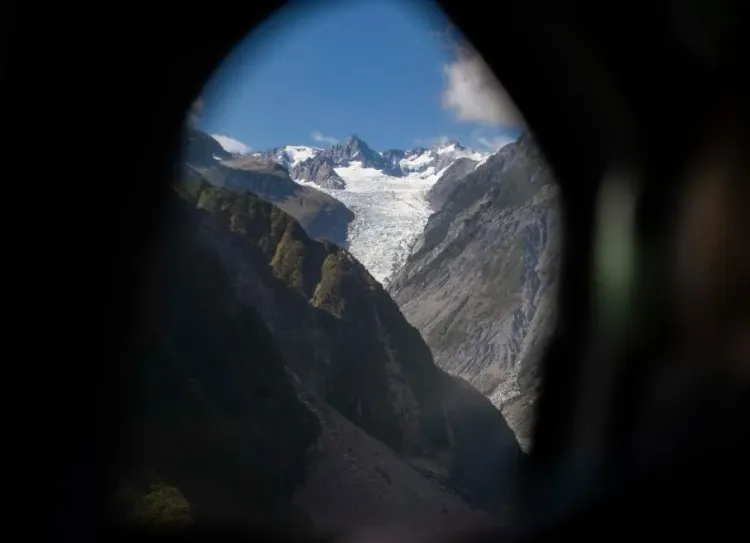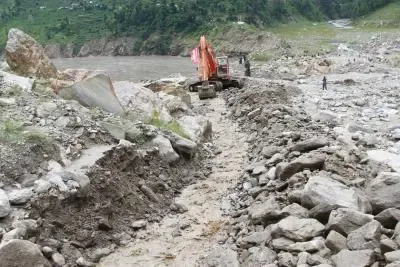What Triggers Seasonal Small Quakes in New Zealand's Alpine Region?

Synopsis
Key Takeaways
- Increased seismic activity in New Zealand's Southern Alps correlates with glacier melt and seasonal rainfall.
- Microearthquakes are often undetectable but contribute to understanding seismic risks.
- The study emphasizes the impact of climate change on geological processes.
- Collaboration among international teams enhances the research's scope and accuracy.
- Future monitoring will improve preparedness for natural hazards.
Canberra, Aug 7 (NationPress) A groundbreaking study spearheaded by Australian researchers indicates that small-scale earthquakes in New Zealand's central Southern Alps occur more frequently during the spring and summer months. This increase is attributed to changes in underground water levels caused by glacier melt and rainfall.
These microearthquakes, which are typically too weak to be perceived, experience a rise in occurrence as meltwater from glaciers and seasonal snow seeps into the highly fragmented mountain bedrock. This infiltration elevates groundwater levels and fluid pressure within the Earth's upper crust, as stated in a recent release from the Australian National University (ANU).
Lead author Konstantinos Michailos from ANU noted, “Our findings illuminate how extreme rainfall and glacier dynamics can instigate shallow earthquakes, potentially enhancing scientists' understanding of seismic activity triggers in other alpine regions worldwide.”
The research concentrated on New Zealand's central Southern Alps, recognized as a tectonically active zone adjacent to the Alpine Fault, which represents the primary seismic threat on the South Island, as reported by Xinhua news agency.
The study revealed that shallow earthquakes, occurring at depths ranging from 3 to 6 kilometers, were most prevalent following significant rainfall, especially close to glacier termini like the Murchison Glacier on New Zealand's South Island.
Collaborating with teams from New Zealand and Switzerland, ANU researchers discovered that numerous earthquakes transpired within hours or a day after heavy rainfall, a trend also observed in areas such as the European Alps.
Climate change has led to a reduction in the glaciers of the central Southern Alps over recent decades. This reduction, coupled with seasonal snow variations, can alter crustal stress beyond mere tectonic influences, as detailed in findings published in the journal Geochemistry, Geophysics, Geosystems by the American Geophysical Union.
Researchers analyzed more than 8,000 microearthquakes documented between 2009 and 2020 using a network of seismometers, focusing on the Murchison, Tasman, Franz Josef, and Fox glaciers.
In October, the research team plans to install additional seismometers, rainfall gauges, and temperature sensors to enhance existing equipment and improve monitoring of earthquakes and other natural hazards such as landslides, avalanches, and rockfalls.









